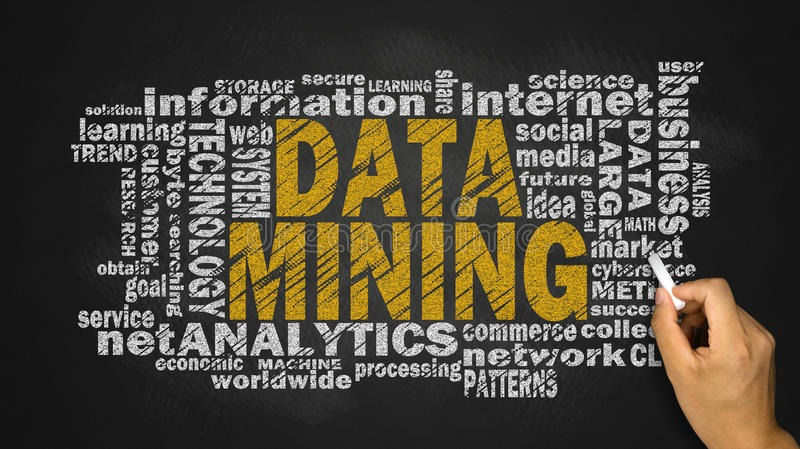Tableau: A Quick Look!
- Bandana Vishwakarma
- May 24, 2020
- 3 min read
What is Tableau?
Tableau is a powerful and fastest growing data visualization tool used in the business intelligence Industry.
It helps in simplifying raw data into the very easily understandable format. Data analysis is very fast with Tableau and the visualizations created are in the form of dashboards and worksheets.
The data that is creating using Tableau can be understood by professional at any level in an organization. It even allows a non-technical user to create a customized dashboard. The great thing about Tableau software is that doesn't require any technical or any kind of programming skills to operate. The tool has garnered interest among the people from all sectors such as business, researchers, different industries.

How does tableau work?

Tableau connects and extracts the data stored in a various places. It can pull data form any platform imaginable. A simple database such as an excel, PDF, to a complex database like oracle, a database in the cloud such as Amazon web services, Microsoft Azure SQL database, Google cloud SQL and various data sources can be extracted by Tableau.
When Tableau is launched, read data connectors are available which allows you to connect to any database. Depending on the version of Tableau that you have purchased the number of data connectors supported by Tableau will very.
The pulled data can be either connected live or extracted to the Tableau's data engine, Tableau Desktop. This is where data analyst, data engineer work with the data that was pulled up and develop visualizations. The created dashboards are shared with the users as a static file. The users who receive the dashboards views the file using Tableau Reader.
The data from the Tableau desktop can be published to the Tableau server. This an enterprise platform where collaboration, distribution, governance, security model, automation features are supported. With the Tableau server , the end users have a better experience in accessing the files from all locations be it a desktop, mobile or email.
Tableau Desktop
Tableau Desktop has a rich feature set and allows you to code and customize reports. Right from creating the charts, reports, to blending them all together to form a dashboard, all the necessary work is created in Tableau Desktop.
For live data analysis, Tableau Desktop provides connectivity to Data Warehouse, as well as other various types of files. The workbooks and the dashboard created here can be either Shared locally or publicly.
The best features Tableau are
Data Blending
Real time analysis
Collaboration of Data
Tableau Public
It is tableau version specially build for the cast-effective users. By the word "public," it means that workbooks created can't be saved locally, in turn, it should be saved to the Tableau public cloud which can be viewed and accessed by anyone. There is no privacy to the file saved to the cloud since anyone can download and access the same. This version is the best for the individuals who want to learn Tableau and for the ones who who want to share there data with the general public.
Tableau server
The software is specifically used to share the workbooks, visualizations that are created in the Tableau desktop application across the organization. To share dashboard in the Tableau server, you must first publish your work in the Tableau desktop. Once the work has been uploaded to the server, it will accessible only to the licensed users.
Tableau Reader
Tableau Reader is a free tool which allows you to view the workbooks and visualization created using Tableau tableau desktop or Tableau Public. The data can filtered but editing and modification are restricted. The security level is zero in Tableau Reader as any who get the workbook can view it using Tableau Reader.
If you want to share the dashboards that you have created, the receiver should have Tableau reader to view the document.







Comments